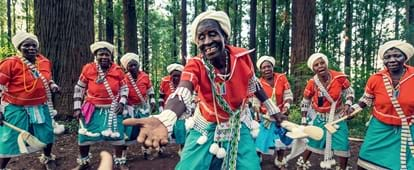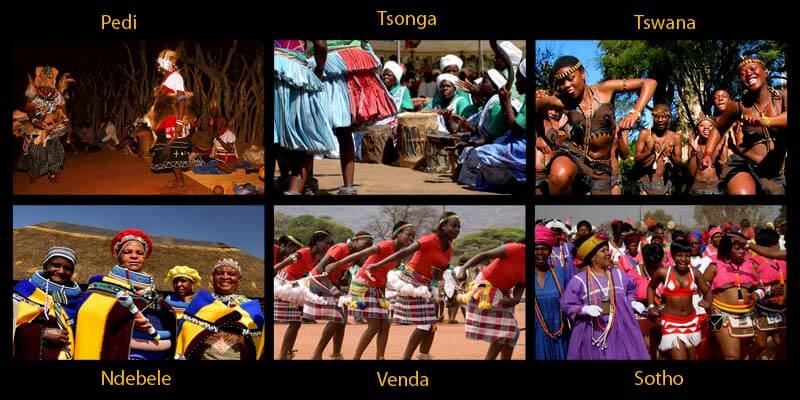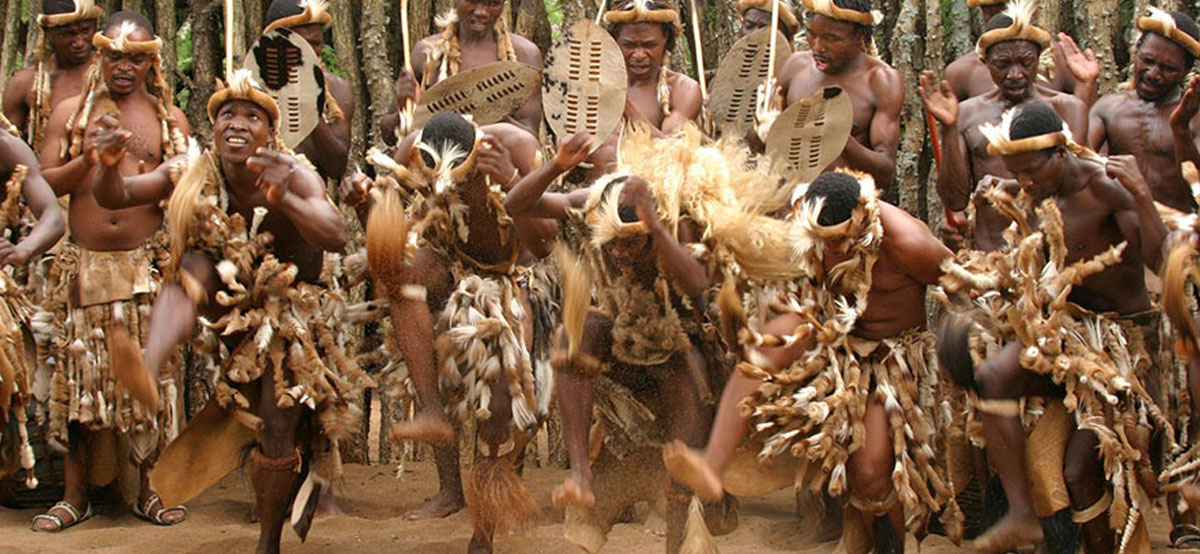South African Culture Today Fundamentals Explained
South African Culture Today Fundamentals Explained
Blog Article
The Only Guide to South African Culture Today
Table of ContentsThe Single Strategy To Use For South African Culture TodayThe Only Guide to South African Culture TodayNot known Factual Statements About South African Culture Today Not known Details About South African Culture Today Indicators on South African Culture Today You Should KnowHow South African Culture Today can Save You Time, Stress, and Money.
This adheres to with singing and drum beating. The couple then consult with the elders and speak concerning the significance of their union. A matter of relevance in Zambian towns is the diing of enjoyed ones. All participants of the village placed cash, effort and time together for the interment of the deceased.During the mourning duration; males stay outside your home and the females remain inside the home of the deceased. After speaking about the departed, the town strolls to the location of burial to claim their last goodbyes. Songs and dancing is an extremely important facet of the Zambian society. The different tribal systems have their very own dancing types; however, makishi is typical among all tribes.
How South African Culture Today can Save You Time, Stress, and Money.
When it comes to music, drums are utilized one of the most, with a range of drumming events. In Zambia, majority of the individuals are Christian; Protestant and Roman Catholic. There are little teams of Muslims and Hindus, with the remainder following regional native tribal beliefs.

South African heritage and culture is greatly diverse, and consists of various teams of individuals who each have their own practices and beliefs. Having such a diversity of individuals and societies is what makes South Africa so unique. In real sense of the expression, we are a rainbow nation.
Making it the 7th on the listing of nations with the most Portuguese individuals in it outside of Portugal. Portuguese is not just a society, however it is likewise a language and a race. Portuguese people stem from the country of Portugal in Europe, however, due to Portugal (like lots of other nations in Europe) discovering the world and overcoming other nations during the 15th 20th centuries, South Africa has what we call Portuguese South African's living in it.
8 Simple Techniques For South African Culture Today
Among the popular functions of the topography is a plateau that covers practically two thirds of the center of the nation. The plateau facility rises toward the southeast, where it culminates in the Drakensberg range, part of a cliff that divides the plateau from the seaside areas. The Drakensburg consists of Sparkling wine Castle, the highest top in the nation.
The region north of the Witwatersrand, called the bushveld, slopes downward from eastern to west towards the Limpopo River, which creates the worldwide boundary. The western section of the plateau, the middleveld, likewise comes down in the direction of the west and differs in elevation in between the highveld and bushveld. In between the Drakensburg and the eastern and southerly coastline, the land descends to the sea.
Nearer the coastline there is a low-lying plain called the eastern lowveld. Southwest of the plateau the nation becomes considerably more dry, paving the way to the stony desert of the Great Karroo, approached the eastern by the reduced, better watered plateau of the Little Karroo. Dividing the dry southerly interior from the sandy coastal of the southern coast and West Cape is one more range, the Langeberg.
The Basic Principles Of South African Culture Today
The country's racially, ethnically, and politically separated background has actually generated nationwide and subnational icons that still function as icons of the country, and others signs that are approved just by specific teams. The monoliths to white inhabitant occupation and political prominence, such as the Afrikaner Voortrekker ("pioneer") Monument in Pretoria and the Rhodes Monolith honoring the British colonial empire home builder and Cape head of state Cecil Rhodes, continue to be sectarian symbols.
The initial modern-day inhabitants were the San ("bushman") hunter-gatherers and the Khoi ("Hottentot") individuals, that herded animals (South African culture today). The San may have existed for countless years and left proof of their visibility in countless old cave paintings ("rock art"). Bantu-speaking clans that were the forefathers of the Nguni (today's amaZulu, amaXhosa, amaSwazi, and vaTsonga individuals) and Tswana-Sotho language groups (today's Batswana and Southern and Northern Basotho) migrated below eastern Africa as very early as the fifteenth century

Both previous republics of the Orange Free State and Transvaal (South African Republic) were established by Afrikaner settlers that defeated Get More Info and dispossessed the Basotho and Batswana. Lesotho would have been by force incorporated right into the Orange Free State without the extension of British security in 1869. The supreme unification of the country resulted from the South African War (18991902) in between the British and both Afrikaner republics, which minimized the country to ruin at the start of the twentieth century.
Afrikaners historically considered themselves the just real South Africans and, while approving full citizenship to all locals of European descent, denied that condition to people of shade until the democratic transition of 1994. British South Africans maintain a feeling of cultural and social connection to Great Britain without damaging their identity as South Africans.
Getting My South African Culture Today To Work
The diversity and fragmentation within ethnic groupings and the equilibrium of stress in between those groups throughout the twentieth century protected against interethnic civil problem. While intergroup stress over resources, entitlements, and political supremacy remain, those disputes are as most likely to pit Zulu against Zulu as Zulu against Xhosa or African against Afrikaner.
From colonial India, British sellers and managers brought the bent metal ornamental roofs and slim shoelace work pillars that still represent the outdoor patios of cottages in towns and cities throughout the nation. Homes of praise add an important architectural aspect even in the smallest communities. Along with the skyrocketing steeples and timeless stonework of Afrikaans Dutch Reformed churches, Anglican churches, synagogues, mosques, and Hindu shrines give selection to the religious architectural scene.

Butchering and the developing of conventional cereal beer are crucial in protecting the involvement and a good reputation of the ancestors who are thought about the guardians of excellent ton of money, prosperity, and well-being. Indian neighborhoods maintain their indigenous culinary practices and apply them on Islamic and Hindu routine and ceremonial occasions. Afrikaners and Coloured individuals gather at weekend breaks and special celebrations at multifamily bbqs called braais, where neighborhood bonds are strengthened.
Because this was the primary financial venture of both black Africans and white homesteaders, problem between those groups fixated the possession of grazing land and animals. In 1867, the biggest ruby deposits worldwide were uncovered at Kimberley in the west central area. The wealth from those fields assisted finance the exploitation of the greatest gold reef on the planet, which was page uncovered on the Witwatersrand in 1886.
The Best Guide To South African Culture Today
This caused misunderstandings and deliberate misstatement in the dealings of white settlers and federal government officials with African principals throughout the early american duration (South African culture today). In the facility of African gets, some original site elements of public and mainly "tribal count on" land period were maintained, and even in white rural locations, forms of common tenure were still exercised in locations with African neighborhoods
After the autonomous change of 1994, programs for land restitution, redistribution, and reform were set up, however progress has been slow-moving. The white minority still regulates eighty percent of the land. Following farming land intrusions in Zimbabwe, the Department of Land Affairs has pledged to speed land redistribution.
Report this page